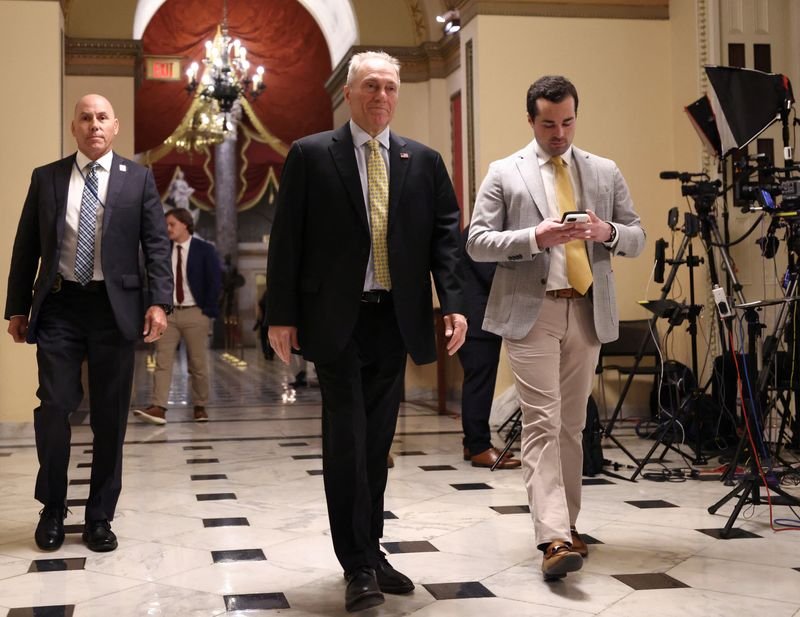Key Healthcare Provisions in Trump’s Tax Legislation
The tax legislation introduced during Donald Trump’s presidency included several critical healthcare measures that have had significant implications for various stakeholders across the United States. Understanding these provisions is essential for comprehending the broader impact on the American healthcare system.
Changes to the Individual Mandate
One of the most controversial aspects of Trump’s tax reform was the elimination of the individual mandate, a key component of the Affordable Care Act (ACA). Under the ACA, individuals were required to have health insurance or face a penalty. The removal of this mandate meant that, starting in 2019, Americans no longer faced a financial penalty for not having health coverage. This change raised concerns about potential increases in uninsured rates, particularly among healthy individuals who might opt out of purchasing insurance.
Impact on Medicaid Expansion
Trump’s tax bill also influenced funding for Medicaid expansion, which is a critical program for low-income individuals and families. The legislation included provisions that would impact the federal match rate for Medicaid expansion, leading to uncertainty about state-level funding. As states consider their options, some have opted to expand Medicaid to cover more residents, while others have resisted, citing budget constraints and political factors.
Tax Deductions for Medical Expenses
Another important provision related to healthcare was the modification of tax deductions for medical expenses. Previously, taxpayers could deduct medical expenses exceeding a specific percentage of their adjusted gross income. The tax reform bill temporarily lowered this threshold, making it easier for many to claim deductions for qualified expenses. This adjustment aimed to alleviate some financial burdens for those facing high medical costs, especially regarding serious illnesses or chronic conditions.
Drug Pricing Initiatives
In light of rising prescription drug costs, the legislation prompted debate over provisions related to drug pricing. Though the tax reform bill itself did not directly address pharmaceutical pricing, it sparked discussions about legislative measures to control costs. Efforts to modify how drugs are priced and to enhance transparency in pricing mechanisms gained momentum, reflecting growing public concern regarding the affordability of medications.
Tax Benefits for Health Savings Accounts (HSAs)
The new tax legislation also introduced enhancements for Health Savings Accounts (HSAs). HSAs are tax-advantaged accounts that allow individuals to set aside money for medical expenses. The changes included increased contribution limits, which made HSAs more attractive for taxpayers looking to save for healthcare costs. This provision aimed to encourage more Americans to take control of their healthcare spending.
Changes to Flexible Spending Accounts (FSAs)
The tax bill included modifications to Flexible Spending Accounts (FSAs) as well. These accounts provide employees with the ability to use pre-tax dollars for eligible healthcare expenses. Under the new legislation, the carryover limit for unused FSA funds was increased, allowing individuals greater flexibility in managing their healthcare expenses from one year to the next.
Repercussions for Medicare
Medicare, a federal program that primarily serves individuals aged 65 and older, was also affected by the tax legislation. While the direct impact on Medicare funding was minimal, the broader implications of tax cuts on federal revenue raised concerns regarding the program’s long-term sustainability. As policymakers continue to debate budget priorities, the balance between tax cuts and the funding of crucial programs like Medicare remains contentious.
Uncertainty in the Insurance Market
The combination of these healthcare provisions led to considerable uncertainty in the insurance market. Insurers and healthcare providers faced challenges in predicting enrollment trends and financial stability. The removal of the individual mandate and changing funding dynamics for insurance subsidies contributed to volatility, impacting both premiums and coverage options for consumers in the marketplace.
Overall Impact on Healthcare Access
In summary, the healthcare provisions within Trump’s tax legislation had far-reaching effects on various aspects of the healthcare system in the United States. From altering the fabric of the ACA to influencing state decisions on Medicaid expansion, these changes played a significant role in shaping the landscape of healthcare access and affordability. As stakeholders, including policymakers and healthcare providers, navigate these shifts, understanding the nuances of these provisions will be crucial for future discussions surrounding American healthcare.
